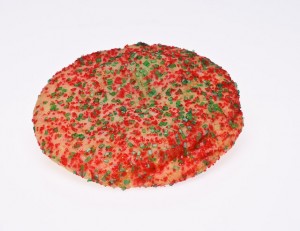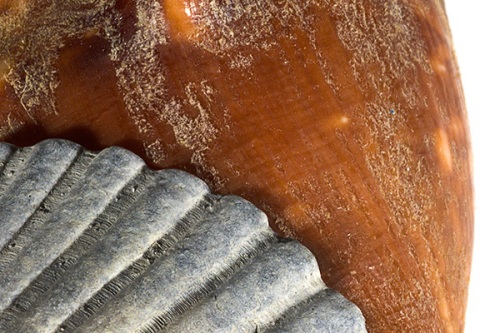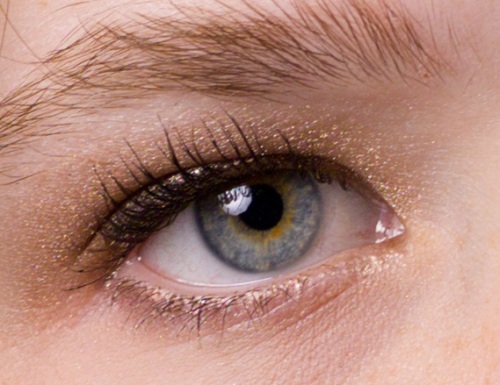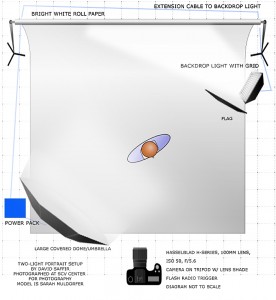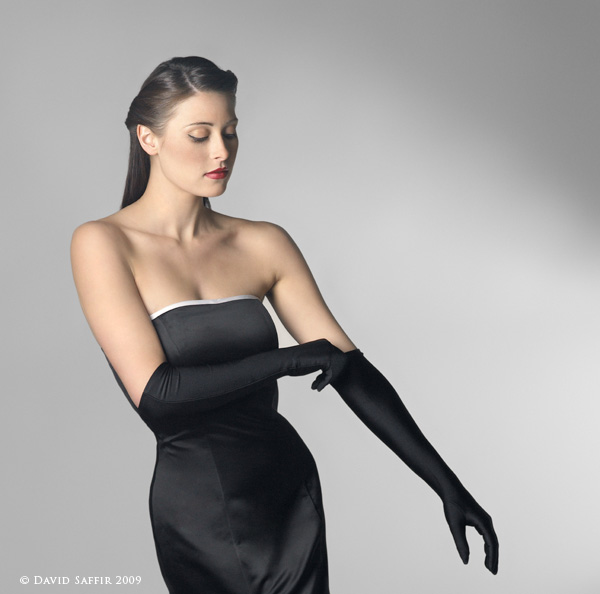Come join the SCV Center for Photography in welcoming back Scott Robert Lim. He will be in the studio on Thursday, November 10th from 7pm to 10pm teaching his high energy Off-Camera Flash workshop. When Scott was last here in the studio his workshop sold out, so don’t miss out on this incredible deal. Cost will be $20, and payment must be made in advance to reserve your spot.
Scott is a master photographer and internationally renowned photographer having taught all over the world. He is one of America’s top[ photography educators, having had his work published in books and magazines all over the world.


